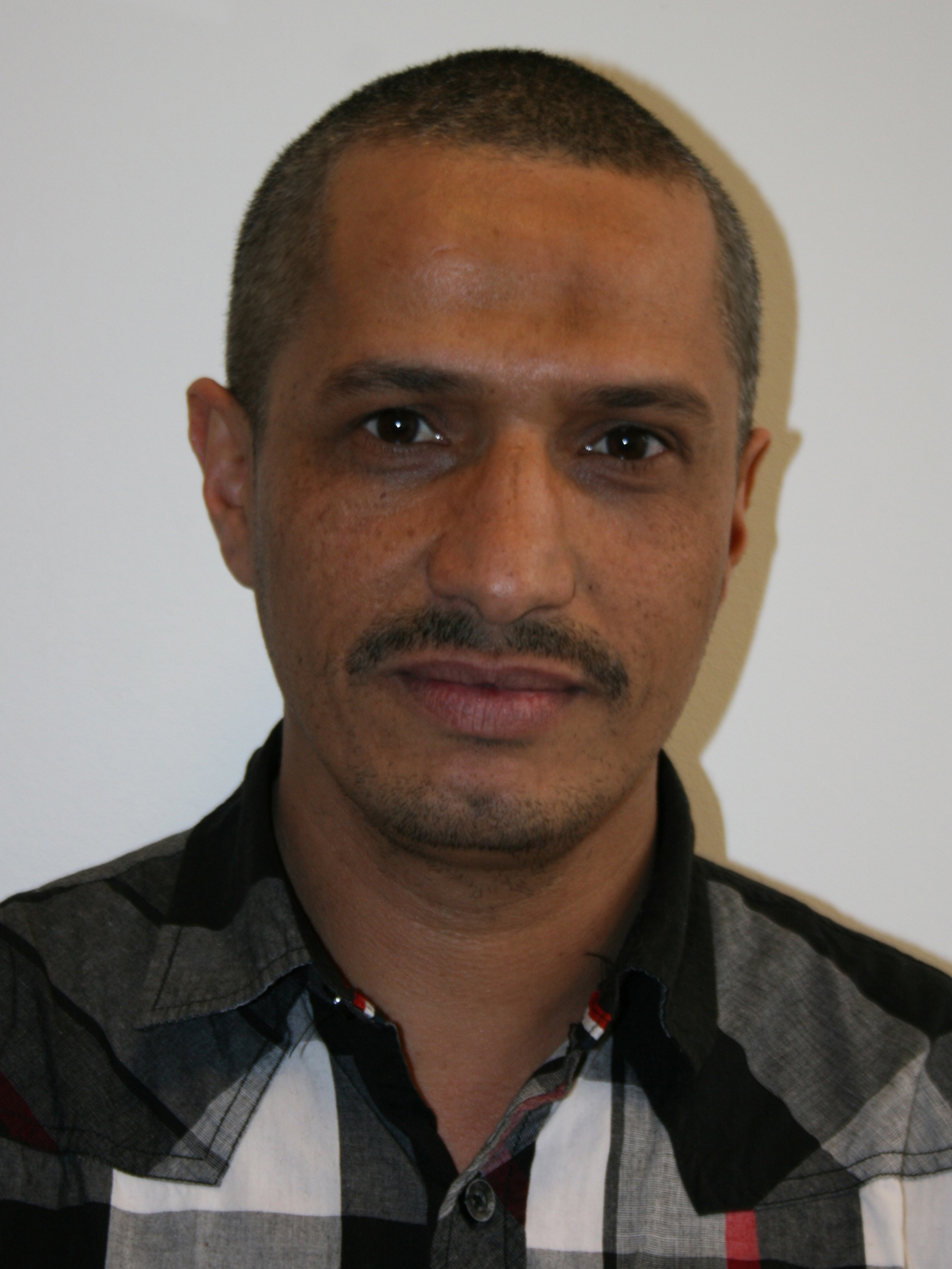MSc defence by Moneer Alnethary
 Moneer Fathel Alnethary, MSc Fellow in geology at the University of Iceland will give a presentation on his MSc project on Friday 26 January, 2018 at 14:00 at University of Iceland, Askja building, room N-36.
Moneer Fathel Alnethary, MSc Fellow in geology at the University of Iceland will give a presentation on his MSc project on Friday 26 January, 2018 at 14:00 at University of Iceland, Askja building, room N-36.
The title of the project is:
Petrology of the Hornfels Contact Zone around the Hrossatungur Gabbro in the Eroded Hafnarfjall Central Volcano, W-Iceland
Moneer's supervisors are:
Hjalti Franzson, Chief Geologist at ISOR and Guðmundur H. Guðfinnsson, Research Scholar at the Earth Science Institute.
The external examiner will be Bjarni Gautason, Head of Akureyri Branch at ISOR.
Everyone's welcome to attend.
Abstract
This study focusses on a hornfels zone on the southern side of the Hrossatungur gabbro, within the Hafnarfjall-Skarðsheiði central volcano, W-Iceland. The intrusion formed by repetitive injections of basaltic cone sheets, which were trapped at a lava-pyroclastite boundary within the Hafnarfjall caldera filling. During contact metamorphism in response to the intrusion emplacement, a hornfels contact zone was created by a recrystallization process of previously hydrothermally altered basalt. This recrystallization, which was studied petrographically and with SEM and EMP, consists mainly of clinopyroxene (salite-augite-ferrosalite-hedenbergite), minor orthopyroxene, plagioclase (labradorite-bytownite-anorthite) and oxides (magnetite-titanomagnetite-ilmenite) and subordinate occurrences of garnet, titanite, amphibole, apatite and sulphides. The recrystallization drives volatiles out of the rock, as is clearly seen by the low values attained from LOI analysis. Chemical analysis (ICP-OES) of the hornfels shows relatively minor elemental changes compared to primary rock compositions, except perhaps overall enrichment of Al2O3, Zn, Ni and Cu, and a depletion of Ba and Sr. This can be explained by the rock recrystallizing to similar mineral compositions as found in the primary basalts. A comparative study of a hornfels zone at a dyke margin at about 1500 m depth in well HE-42 in Hellisheiði high-temperature field shows very comparable results. The main research question was to evaluate water/magma interaction during the intrusion of gabbro magma and its consolidation. The results show that the formation of the hornfels is caused by heat conduction, whereas water/magma interaction is absent.

